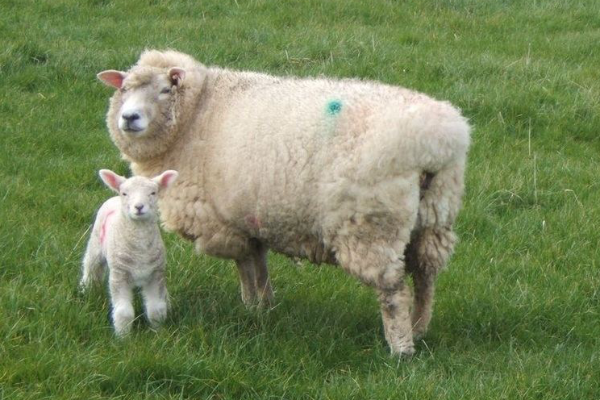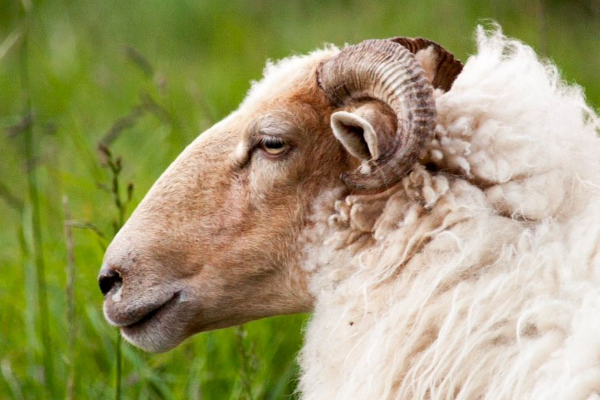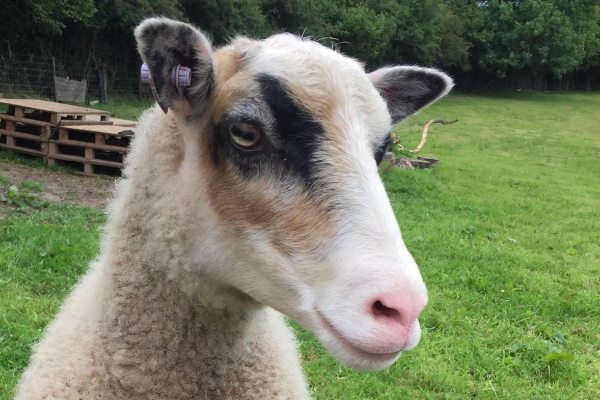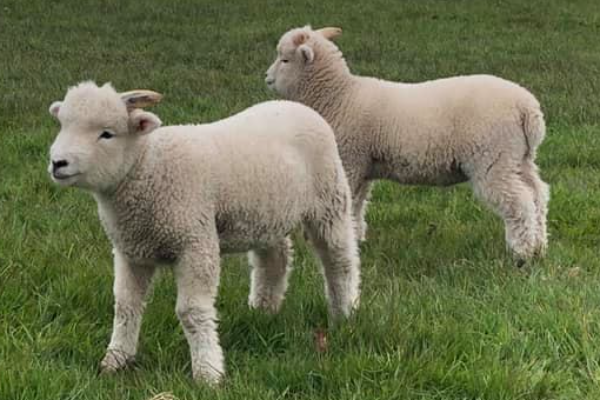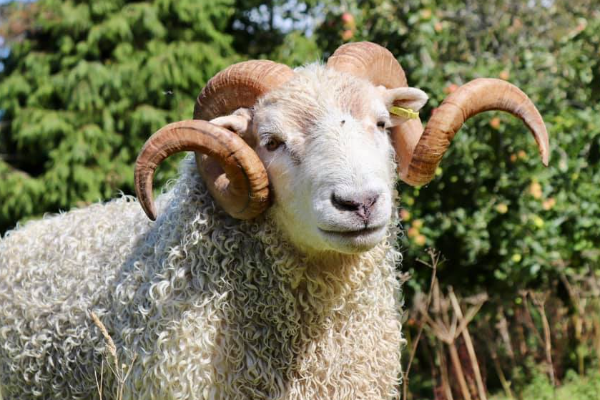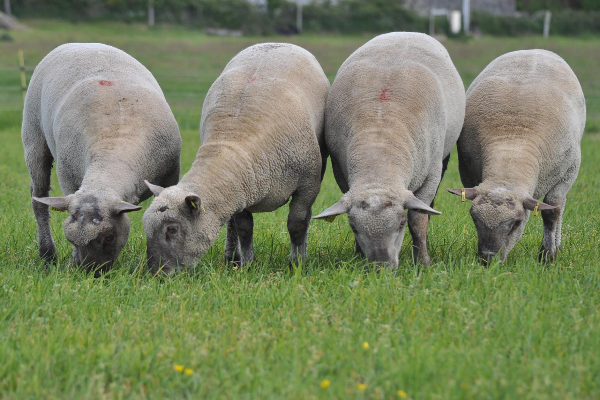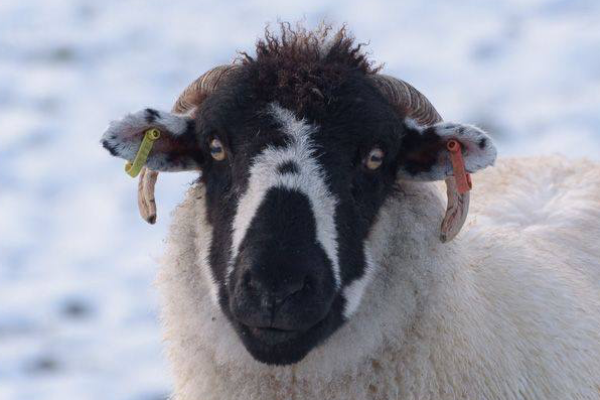Galway Sheep
What is the history of Galway Sheep?
The Galway breed was developed in the West of Ireland,as a result of the importation of English Longwools from the late 17th century onwards. From the middle of the 18th century Robert Bakewell's Dishley Leicester, also know as the New or Improved Leicester, was exported to Ireland in large numbers, in particular to the estate of Bakewell's associate, Lord Roscommon, later Lord Sheffield.The breed which developed was for many years known as the Roscommon, and a Flock Book of Roscommon Long-Wool Sheep was established in 1895, surviving until at least the 1920s.
The Roscommon was a large, white-faced polled breed and, though classified as Longwool, did not have the very long staple characteristic of breeds such as the Lincoln and Leicester Longwool. It bore,as the Galway does, an almost uncanny resemblance to surviving prints and paintings of Bakewell's sheep, being perhaps, closer to the Dishley breed than any of the English breeds which were influenced by Bakewell's stock.
In 1923, by which time the Roscommon breed society was ailing, a group of breeders in Galway founded the Galway Sheep Breeders Society at Athenry, County Galway, and inspected over 6,000 ewes and 200 rams, presumably sheep of Roscommon type, admitting 10% of these to the new register. It is probable that the selection was for a slightly neater type of sheep than the old Roscommon.
In 1969, a recording scheme,which continues today and is mainly aimed at improving prolificacy, was started with the help of the Department of Agriculture and An Foras Taluntais (now Teagasc). Average litter size for 2 to 4 year old ewes in Irish pedigree flocks in 1999 was 1.62; the best flocks have achieved 2.0. Commercial Galway ewes are relatively common in the west of Ireland but the pedigree flock is small, with approximately 869 ewe lambs registered in 2007.
What are the characteristics of Galway Sheep?

- The Galway is a large sheep, it is hornless, with a white head with a little wool on the poll.
- The nostrils are dark in color, though occasional pink can occur, evidence of the Merino influence in Bakewell's Leicester. This is also evident in the quality of the wool.
- The fleece is moderately long, with a fine texture and a broad staple.
- Fleece- White and moderately long.
- The Galway ewe is a good producer of finished lamb when bred pure and is also used for crossing with Down and Continental lambs to produce early lamb.
- The Galway ram is a good producer of crossbred ewes from hill breeds, and the Galway Greyface (Galway X Blackface) is particularly favored in Ireland.
What is the weight of mature Galway Sheep?
The mature Galway ram weighs 110 kg and ewe weighs 85 kg.
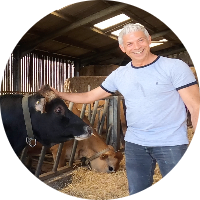
Written by
H Cetin KATIRCI
Online ShepherdBreedsMore
IllnessesMore
Forage cropsMore
![]() Патологическая физиология голодания Arina TARAN
Патологическая физиология голодания Arina TARAN![]() Дефицит фосфора (гипофосфатемия) Hipofosfatemi Arina TARAN
Дефицит фосфора (гипофосфатемия) Hipofosfatemi Arina TARAN![]() Какие бывают кормораздатчики для ферм КРС? Irina Makarova
Какие бывают кормораздатчики для ферм КРС? Irina Makarova![]() Кормушки для овец Diana Myakisheva
Кормушки для овец Diana Myakisheva![]() Питание домашних коз: что едят, виды корма и правила кормления Alina Arslantürk
Питание домашних коз: что едят, виды корма и правила кормления Alina Arslantürk![]() Важность минералов питании сельскохозяйственных животных Irina Makarova
Важность минералов питании сельскохозяйственных животных Irina Makarova

